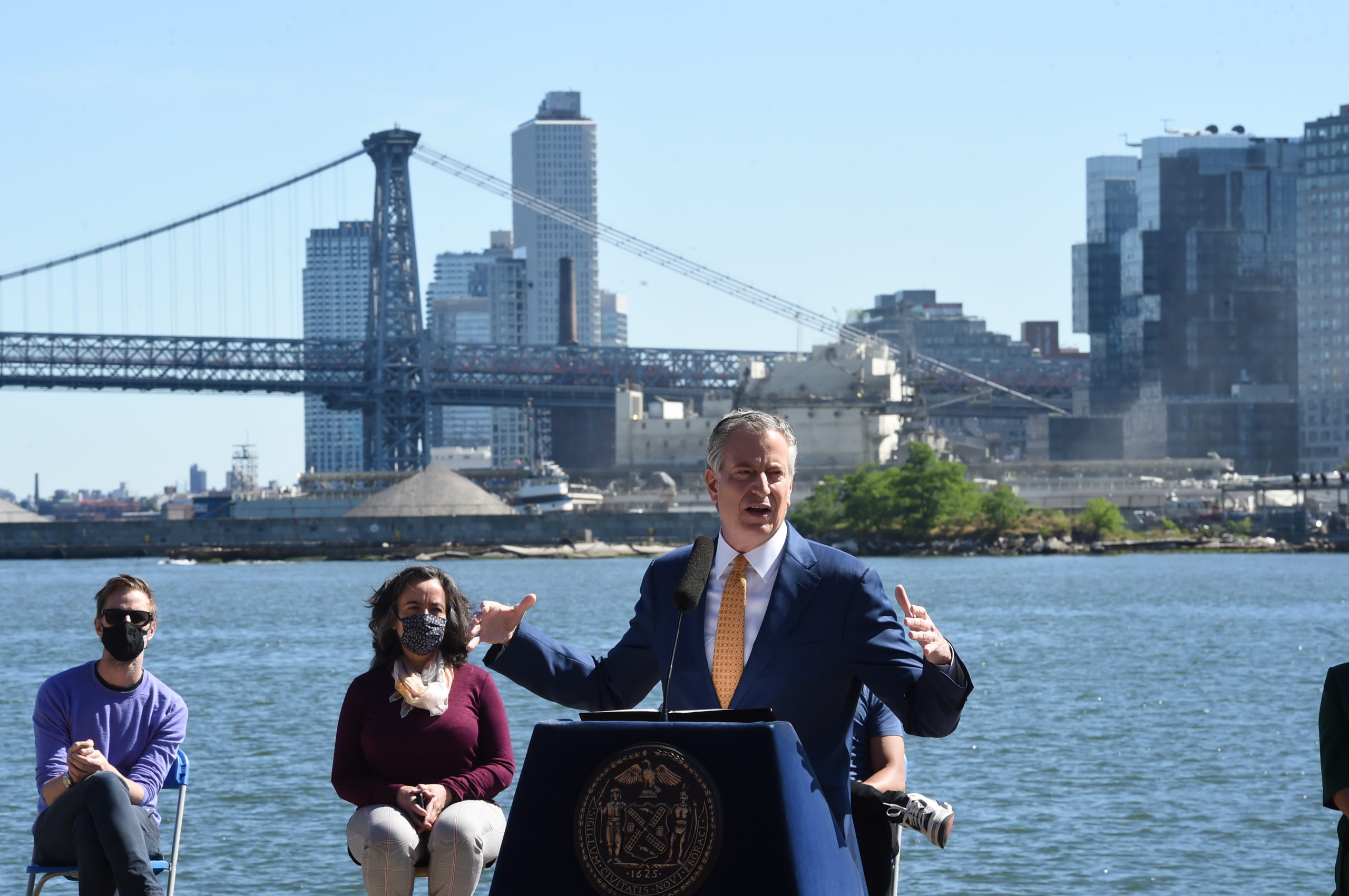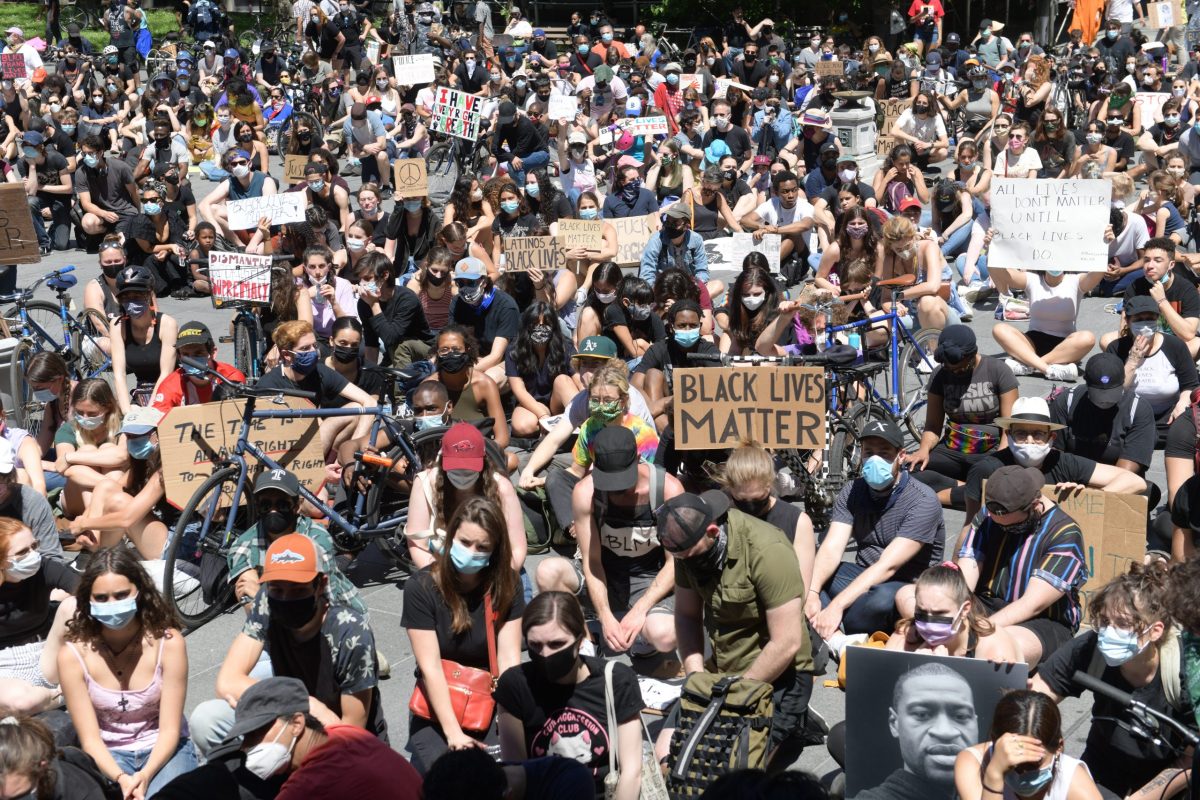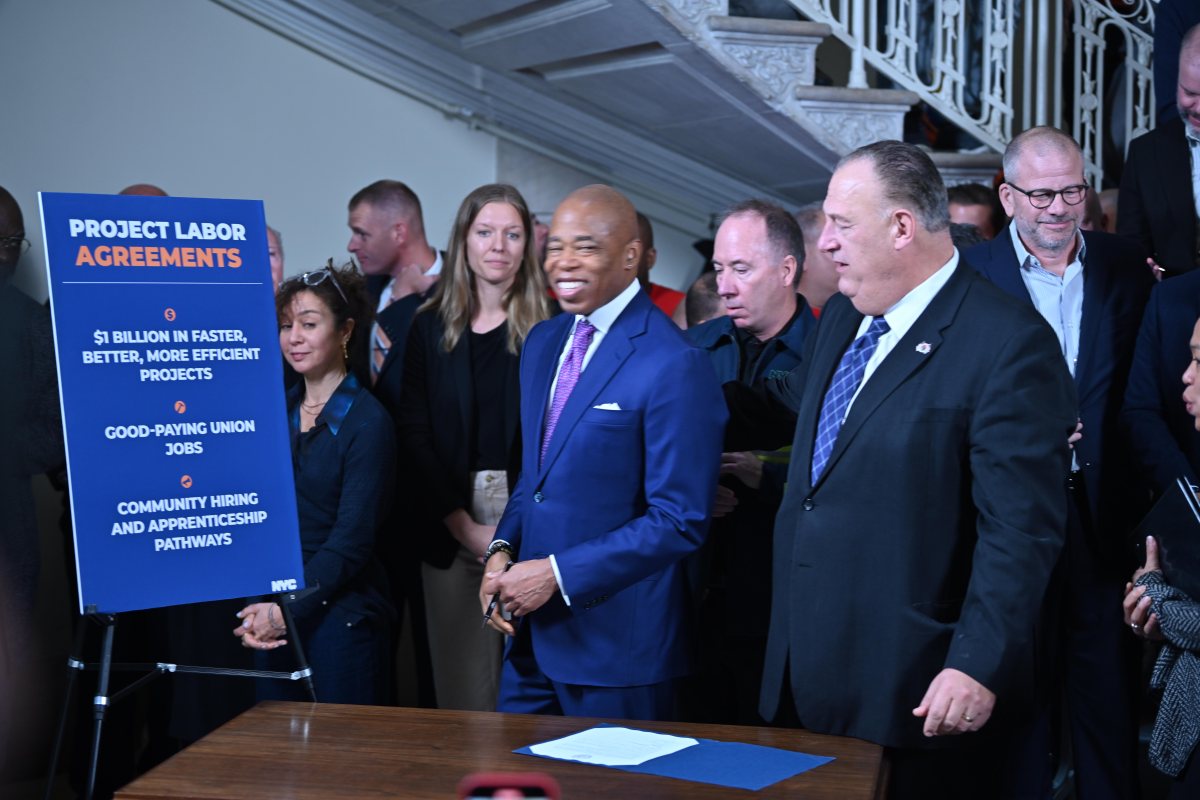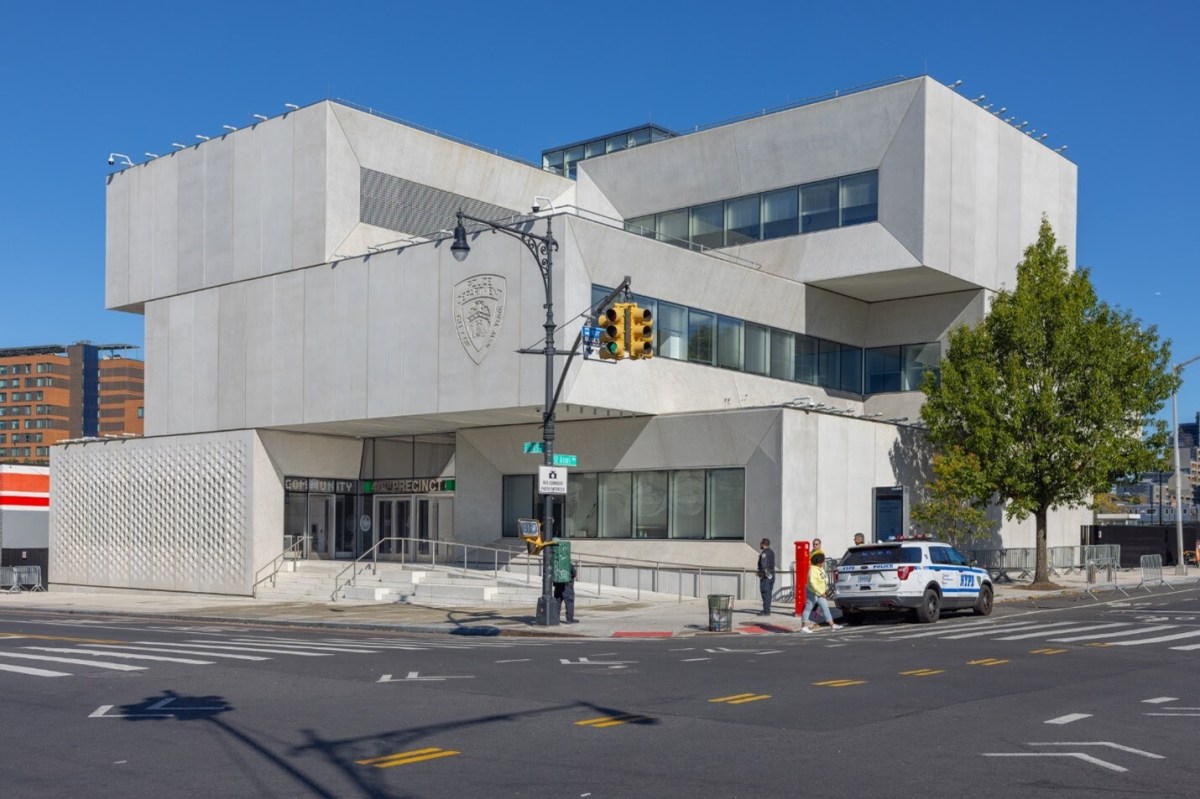Twelve days into massive demonstrations and marches throughout the city, little is still known what impact COVID-19 has had on the community and there are fears that there could be a resurgence.
Dr Oxiris Barbot, the city health commissioner, called on demonstrators to continue to wear masks while marching to help stop the spread of the contagion. She warned that while most protests are outdoors and therefore reduce the spread, she said it still could spread because of the gatherings.
Her warnings come as New York City enters Phase 1 of reopening exactly 100 days since its first case of coronavirus was confirmed, Mayor Bill de Blasio announced at his Monday press conference at the Brooklyn Navy Yard that the daily indicators continue to go down.
“This is a triumphant moment for New Yorkers who fought back against the disease,” Mayor Bill de Blasio said. “My message is to stick to it.”
On June 7, the city reported 67 new COVID hospital admissions and 326 patients in ICU. About 3% of those tested that day were positive for the virus, a number that the mayor hailed as great news with the daily indicators remain under the threshold.
“These are outdoor activities that does change the equation,” the mayor said.
Dr. Barbot was more cautious.
“We are still in a moderate transmission phase,” Dr. Barbot said. “There are still on a daily basis hundreds of people who are newly diagnosed with COVID-19. In addition to that big picture framing, we still need New Yorkers to wear face coverings consistently. When individuals are outdoors they have more flexibility to have more space between them. We want to encourage individuals to continue to maintain six feet of social distance. It is still important for people to use alcohol-based hand sanitizers so when we have individuals outdoors at protests we want everyone to ensure continued use of face coverings.”
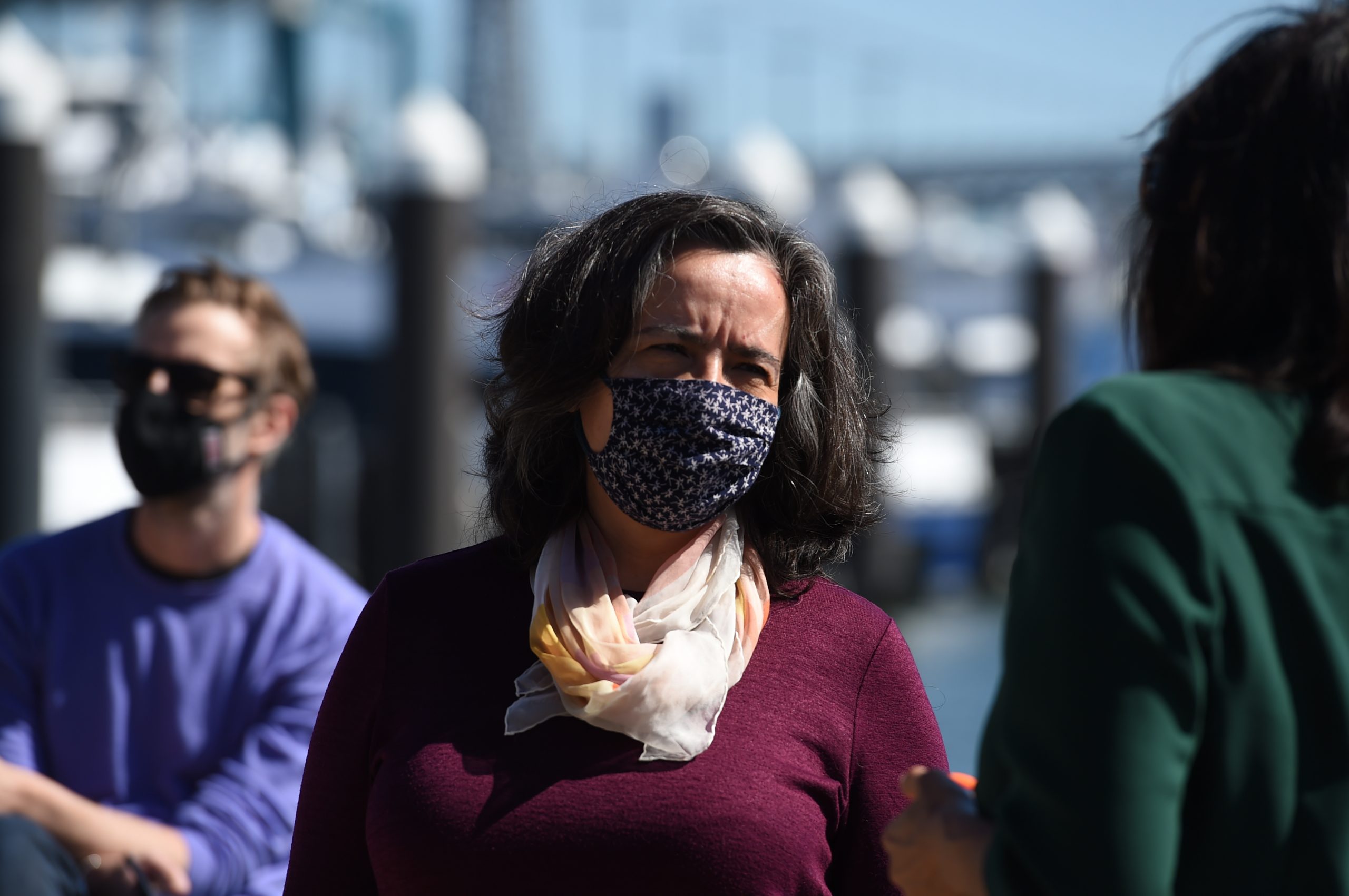
The Department of Health continues to monitor data from emergency rooms around the city. Barbot said, “Thankfully, we haven’t seen any significant spikes in the number of people visiting the emergency departments for COVID-like illness – we are paying really close attention to that.”
She emphasized that despite the good numbers and phase one openings, “we want to be really clear that it is not lifting things to the way things were,” she said.
“Even when individuals are going for curbside service, it is important for them to wear face coverings, and to use hand sanitizers consistently and to remember that if there is an individual that falls into a high-risk category,” Barbot said. “We need them to limit their activities and to stay indoors as much as possible – similarly for those individuals who do go outside and do have one of those high-risk conditions to remember that really have clear and, dare I say, militant adherence to hand washing that will continue to save lives.”
